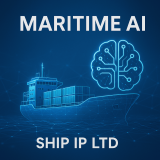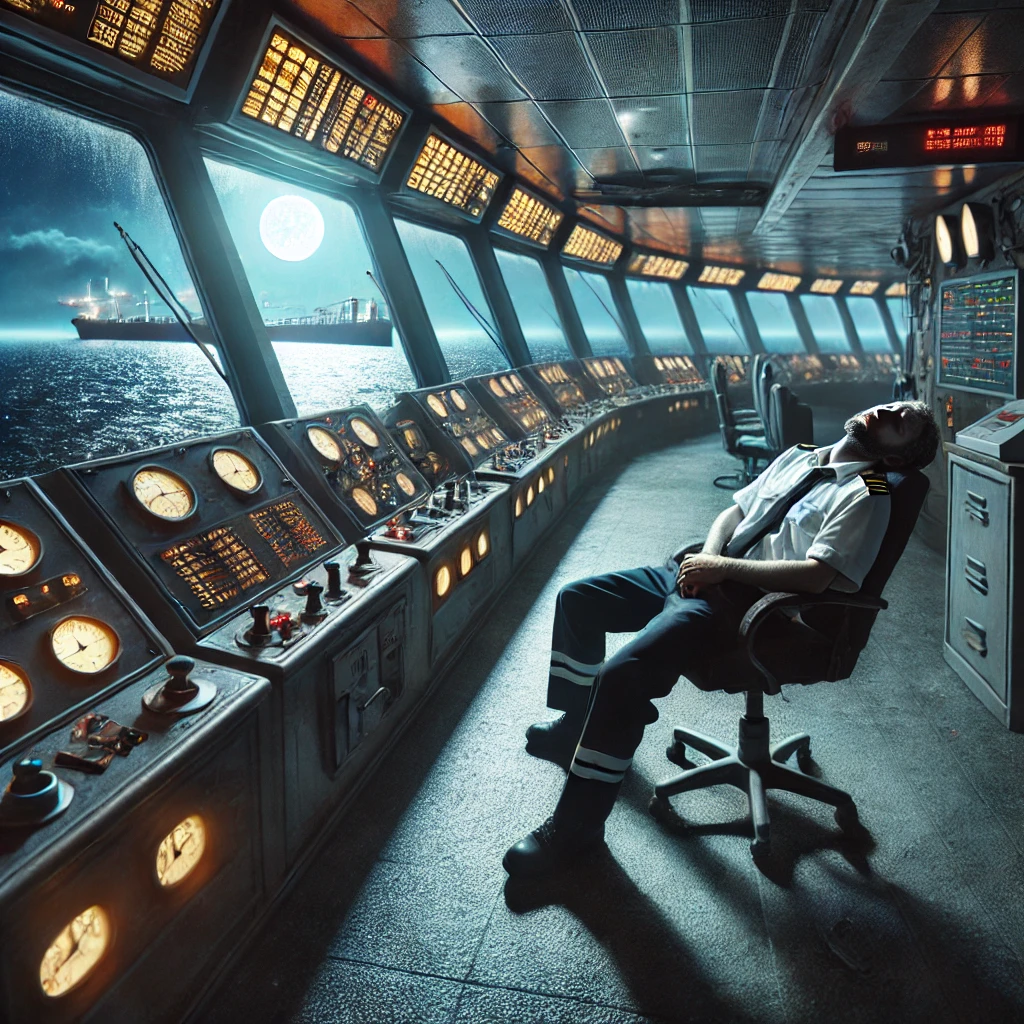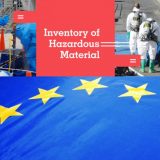Satellite communications specialist, IEC Telecom today announced its participation at the upcoming Saudi Maritime Congress (SMC) to be held on September 28th to 29th at the Dhahran Expo in Dammam, Kingdom of Saudi Arabia. With 30+ countries participating, the two-day event offers a platform for regional and international decision-makers to discuss the latest trends in maritime investments, offshore developments, smart technologies, sustainability regulations, and more. As part of its speaking engagements at SMC, IEC Telecom will focus on the soaring demand for digital solutions across the maritime sector in the region and the importance of elevating operational efficiency via network management systems and IoT-based solutions.
Saudi Arabia’s maritime sector has doubled in the past decade with 53,000 ships operating in it, registered in 150 countries and carrying 11 billion tonnes of cargo annually. Ranked 20th globally in the maritime transport industry and scoring the highest regional progress in the Maritime Connectivity Index in 2021, the country forms the perfect backdrop for the leading B2B event for maritime and logistics sectors in the Middle East.
Nabil Ben Soussia, Group CCO, IEC Telecom Group commented, “We have seen a major shift in demand for satcom solutions and digitalisation in the region’s maritime industry. A decade ago, our business was geared towards the provision of voice services. Today, it is about data. From 2012 to now, the average service package has increased six-fold from 350 MB to 2+ GB. “Earlier there was a significant technological divide between onshore and offshore operations, whereas today specialised applications that are powered by satcom bring a wide range of services, such as remote maintenance, telemedicine, and live video-based training, to where the crew spends most of their time – onboard vessels at sea. These remote services optimise operational efficiency by 30%, a cumulative result of enhanced logistics, decreased fuel consumption, and improved crew welfare.”
Between January 2020 and March 2021, the average daily data consumption per vessel in the global commercial shipping sector has nearly tripled. Moreover, the global maritime digital products and services market is reportedly worth $159 billion, which is 18% ahead of pre-pandemic estimates. In 2022, this market turnover is predicted to be three years ahead of pre-pandemic forecasts. Reflecting this positive outlook, Saudi Vision 2030 has set a target to make the country a global logistics hub. Saudi Arabia is investing heavily, in the range of $8 billion, in its seaports to modernise infrastructure.
“With this rapidly evolving digital landscape, connectivity isn’t only about doing more. It is about utilising digital products for smarter workflow, seamless communications, and sustainable environment-friendly processes. IoT-based solutions enable real-time decision-making to optimise routes, vessel functions, and maintenance schedules, and reduce operating costs,” Ben Soussia added.
A recent analysis by Accenture showed that a digitally reinvented shipbuilder can reduce operating costs by up to 20% in five years while increasing revenue by up to 15%. To reap the benefits of digitalisation, vessels need to stay connected at all times, despite all challenges including harsh weather conditions at sea. Smart network management systems like OneGate by IEC Telecom offer a solution with state-of-the-art technology that operates in a multi-network mode, securing automated VSAT/MSS/GSM failover. Management can be performed from onshore via a cloud-based control panel, and the captain can also keep an eye on vessel operations via an easy-to-use local dashboard.
In addition, OneGate assures continuity of service by enabling advanced cyber security. The terminal segregates crew and corporate networks, eliminating the risk of cross-contamination. The vessel’s critical applications hosted on the corporate network also remain fully operational even if the seafarer’s link is down.
“Smart glasses are the new big thing in the techno-world. Hands-free solutions are being quickly adopted across many industries, and the maritime sector is no exception. For instance, our latest wearable solution, OneAssist empowers crew members to stay connected with the onshore team via video streaming, enabling troubleshooting, consulting, and e-learning in real time. This means that a wide range of functions, previously delivered exclusively onshore, can now be accessed from the vessel at any time of the journey,” Ben Soussia commented.
While video solutions are designed to offer situational awareness for a fast response, IoT technology, an important component of digitalisation, focuses on empowering decision-makers with data-driven suggestions. From performance tracking to asset safety, IoT sensors scan all types of data relevant to ship management, enabling the crew to optimise routes and decrease fuel consumption. This eventually leads to lower emissions, paving the way for a green future. “Today, connectivity has a direct impact on decarbonisation in the industry. At IEC Telecom, we are proud that our solutions contribute to this major agenda,” Ben Soussia added.
The International Maritime Organisation (IMO) has set targets for the shipping industry to reduce its carbon emissions by 40% by 2030. As part of a partnership with Saudi Arabia, three agreements with funding of $509,000 have been allocated to reduce emissions and manage biofouling by ships. With paradigm-shifting projects such as OXAGON, the world’s largest floating sustainable industrial district, and the recent blockchain-backed structured shipping documentation technology, where Saudi Customs teamed up with TradeLens to monitor a shipment between Dammam and Rotterdam, Saudi Arabia is gearing up to be the world’s premier maritime hub.
The prospects for the growth of the Saudi maritime and logistics industry are promising over the next five years, with economic diversification, policy reforms, and foreign direct investments (FDI) that are opening up the economy to an era of digitalisation. IEC Telecom aims to be a partner in Saudi Arabia’s commitment to developing its maritime trade, expanding into new economic cities, and digitalisation of vessel operations with its reliable connectivity solutions.
The prospects for growth of the Saudi logistics industry look promising over the next five years as economic diversification, policy reforms, tax regimes, and foreign direct investment (FDI) policies are shifting in favor of an open economy and encouraging private investment.
Source: https://www.globenewswire.com/news-release/2022/05/19/2446777/0/en/Saudi…



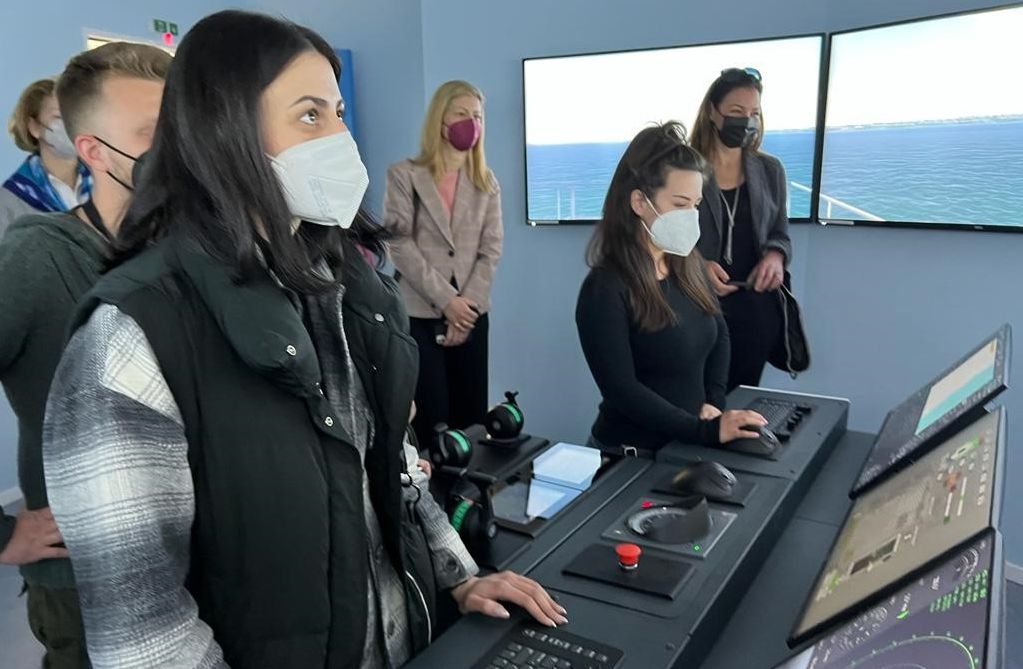
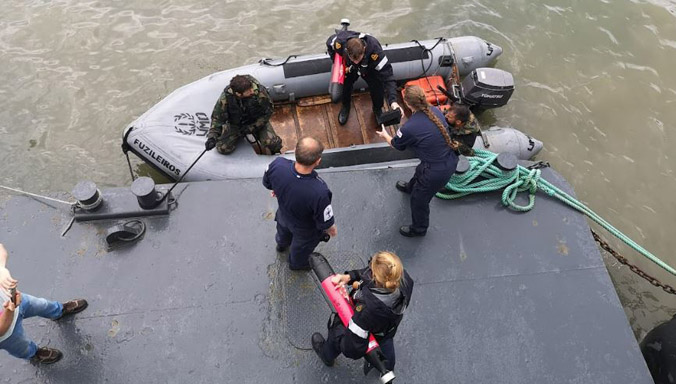 Photo: Portuguese Navy
Photo: Portuguese Navy